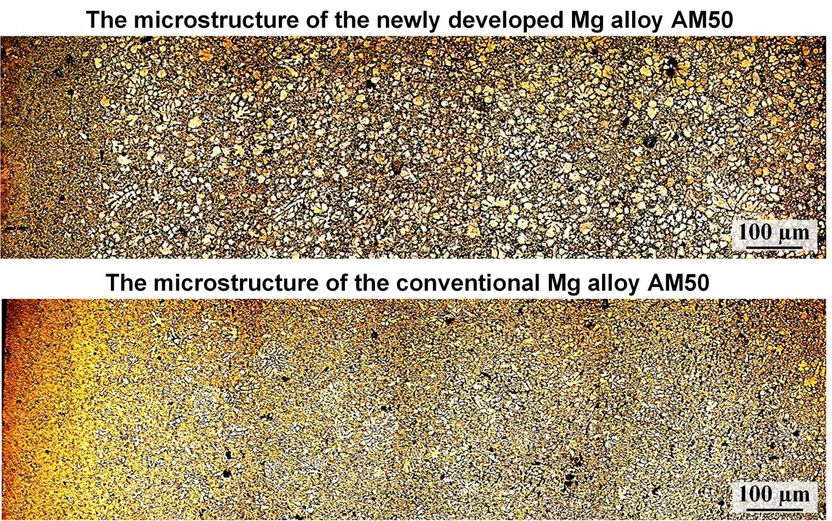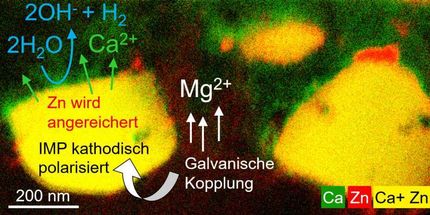Breakthrough for magnesium lightweight materials
By changing the microstructure in magnesium alloys, Mohsen Esmaily, researcher in Atmospheric corrosion at Chalmers University of Technology, has succeeded in improving possibilities for the transport sector to use these materials to decrease the weight of vehicles.

Mohsen Esmaily
Magnesium is the lightest construction metal, but also the most reactive. This means that it is very sensitive to corrosion, i.e. it very easily reacts with its surroundings and rusts. This makes it difficult to use magnesium in corrosive environments, which means that the potential to use magnesium in cars to make them lighter is limited.
For more than a hundred years, magnesium producers have worked hard to improve the corrosion characteristics by developing new, more corrosion- resistant alloys, and also by developing various coatings. Mohsen Esmaily's research shows a completely new way to improve the corrosion resistance of the alloys by manipulating the microstructure of the material, thereby increasing possibilities to lower the weight of vehicles.
"In cars where every kilo of reduced weight is important, a transition to magnesium, which is 30 percent lighter than the most common lightweight metal today, aluminium, would mean a great step forward to reduce fuel consumption," says Mohsen Esmaily.
It was when he studied magnesium casts produced through a casting method called rheocasting that he discovered that the corrosion resistance of magnesium alloys produced this way, was up to four times better than the same material, when produced by conventional high pressure die casting. This new knowledge is based on a combination of unique exposure methods and a number of advanced analytical methods.
Rheocasting of magnesium alloys was developed at Jönköping University in order to increase the strength of the material, but Mohsen Esmaily's research shows that the technique also gives the alloys surprisingly good ability to withstand corrosion. With his research he shows the connection between the microstructure of the alloy and its corrosion resistance. Now that the connection has been mapped, new possibilities to optimize the microstructure for even better corrosion resistance have opened up.
"We will be able to create cast magnesium alloys that corrode much slower and that are stronger than ever before by controlling the microstructure of the alloy," Mohsen Esmaily says.
Most read news
Topics
Organizations
Other news from the department science

Get the chemical industry in your inbox
From now on, don't miss a thing: Our newsletter for the chemical industry, analytics, lab technology and process engineering brings you up to date every Tuesday and Thursday. The latest industry news, product highlights and innovations - compact and easy to understand in your inbox. Researched by us so you don't have to.





























































